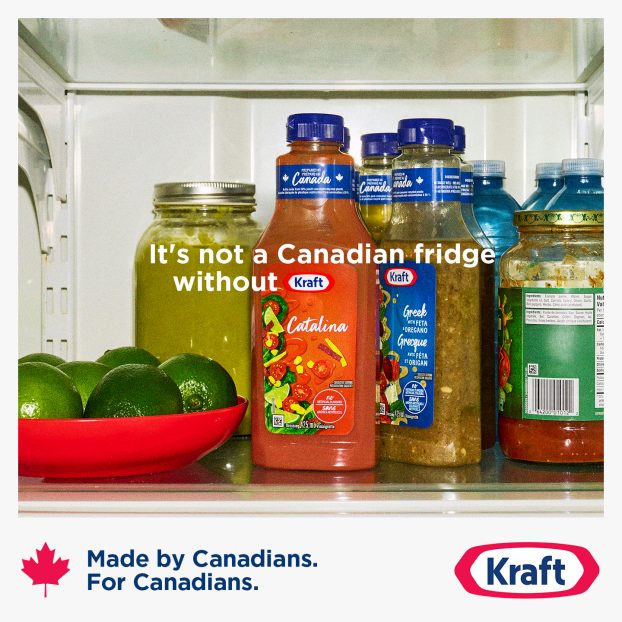In the turbulent 1990s, television must work with clients and ad agencies to forge long-term relationships based on trust and results.
One of the components in reaching our mutual goals is the development and execution of value-added campaigns, placed in conjunction with a base quality media plan.
Value-added is not a new concept, but seems to be a term designed to confuse an area we once referred to as good, old-fashioned sales promotion.
But whether you call it value-added or sales promotion, it is critical to define the concept so that we are all dealing with the same score card, as we work harder to make the cash register ring.
So what is ‘value-added?’
Consolidation of dollars
At Global, we define it as the consolidation of marketing dollars to effectively bring together budgets, creating consistent, integrated, high-impact motivational vehicles.
This does not mean free tv airtime.
It means opening our minds and businesses to new opportunities through budget consolidation.
Value-added cannot replace conventional advertising, but works in a complementary way, taking promotional, trade and multimedia dollars and resources and applying them with advertising budgets against a well-focussed media and creative strategy.
Global is committed to the concept of providing a total marketing vehicle to clients and agencies alike; consolidating our marketing efforts to provide greater reach through traditional and untraditional vehicles.
Clients are offered a menu of options – an assortment of tie-in and buy-in opportunities – combining Global and client marketing ideas and resources.
Value-added features
In true value-added style, Global will provide not only network airtime, but print, customized newsletters, videos, merchandising, events, programs, stars and more, with the ability to design individual programs for specific clients.
It is critical to think beyond cost per thousand in value-added. Quantitative benefits can be hard to measure.
But value-added campaigns can open up areas not traditionally available for sale, through loyalty marketing campaigns, sampling, trade and consumer activity and integrated, creative media vehicles.
Agencies and clients should be aware that it is not necessary to buy a narrowcast tv vehicle to effectively reach specific demographics.
But how do we make value-added work effectively with the current system? At Global, we start by asking a set of questions before embarking on value-added relationships. For example:
– Is there a thematic link?
– Is the promotion equally important to each partner?
– Are the demographics right?
– Are the partners’ reputations being enhanced?
– Does each partner have the commitment, background and resources to make the campaign work?
– Is there an opportunity to forge a long-term marketing relationship?
Given the hard work and expertise needed to effectively carry through value-added campaigns, these questions must be carefully considered, especially in these early days, as the industry matures to the value-added concept.
But there is an inherent danger in value-added. We must ensure that value-added campaigns are implemented equitably.
None of us can afford to give product away. We must all work together to ensure a credible system whereby a good deal is good for everyone.
Broadcasters and agencies must become communications specialists, not just buyers and sellers of media time, if they are to deliver measurable client results.
Nancy Smith is vice-president of communications at Global Television Network, based in Don Mills, Ont.























